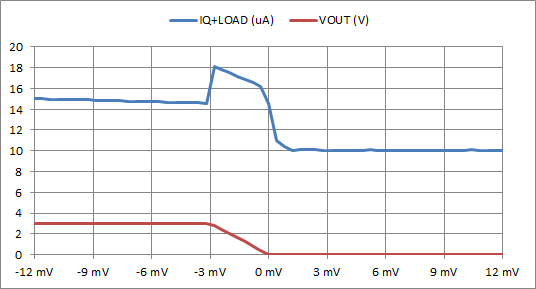Other Parts Discussed in Thread: TLV2760, TLV7011
Hi,
I have designed a battery operated flow meter instrument using op amp TLV2761. There are hundreds of instruments we manufactured and tested, unfortunately some of them have a problem of high idle current.
While most of the PCBs consumes just 20uA average current but some of them consumes a higher current than expected. The higher current is not always the same.
When I inspected the PCBs, I found that in good PCBs (Consumption = 20uA) TLV2761 output voltage in idle state is 0 V. While the bad PCBs (Higher current consumption) have the output voltage is greater than 0 V. Higher the idle state output voltage of TLV2761, higher is the current consumption.
The op amp configuration is as follows.
About Configuration - Op amp's input is sinusoidal signal that is being generated by the magnetic pic-off sensor of the flow meter. Output is square wave signal.
Since, most of the PCBs are working fine from a year or two. So, it seems that issue is not in the op amp configuration.
Also, in most of bad PCBs cases, when we replace the TLV2761 IC, it solves the issue.
What could be reason behind?
Regards,
Harish KS




